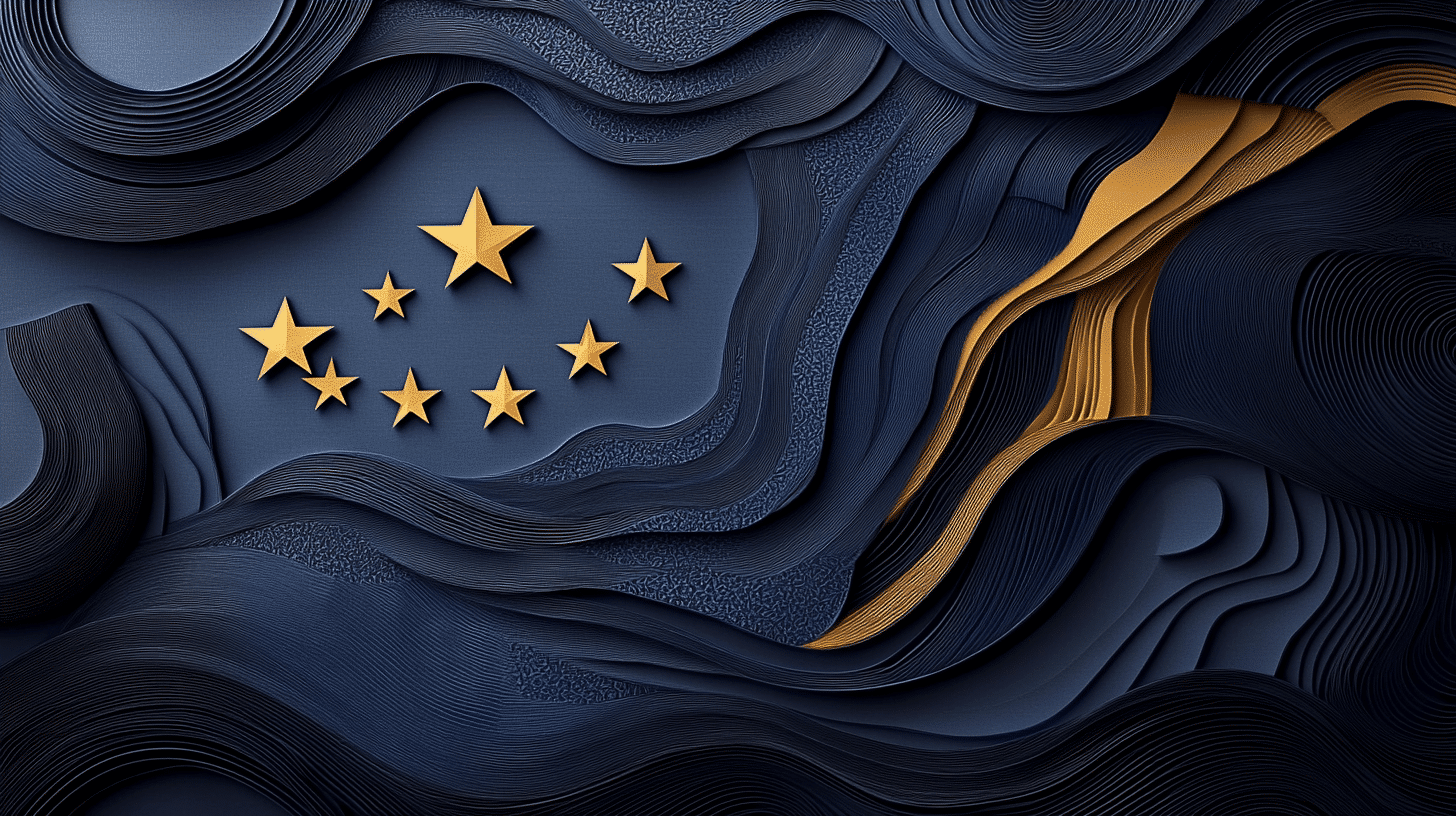What is European Day against Human Trafficking?
The European Day against Human Trafficking, observed annually on October 18th, aims to raise awareness about the serious issue of human trafficking across Europe and to promote initiatives that prevent trafficking, protect victims, and prosecute offenders. Human trafficking, a modern form of slavery, involves the exploitation of individuals through force, fraud, or coercion for purposes such as forced labor, sexual exploitation, and organ trafficking. The day serves as a platform for governments, NGOs, and civil society to highlight the importance of coordinated efforts in combating this crime and providing support for survivors.
The day encourages actions to improve public understanding of the trafficking crisis, address its root causes, and reinforce the need for comprehensive legislation and collaboration between countries to protect vulnerable populations and bring traffickers to justice.
History and Origin
The European Day against Human Trafficking was established in 2007 by the European Commission as part of the European Union’s broader strategy to combat human trafficking. The EU recognized the need for an annual observance to bring attention to the human rights violations caused by trafficking and to strengthen Europe-wide collaboration in tackling the issue. Over the years, the day has grown in importance as part of a concerted effort by European governments and organizations to end trafficking and provide a voice for its victims.
This day also serves as a reminder of the EU’s commitment to addressing this issue through policy, awareness campaigns, victim protection programs, and legal reforms aimed at dismantling trafficking networks and ensuring justice for survivors.
Who Celebrates the European Day against Human Trafficking?
- Governments: European governments observe the day by addressing human trafficking policies, reviewing anti-trafficking legislation, and promoting stronger enforcement measures.
- Non-Governmental Organizations (NGOs): NGOs dedicated to fighting human trafficking use the day to hold events, launch awareness campaigns, and provide support services for victims.
- Law Enforcement Agencies: Police and other law enforcement bodies participate by discussing anti-trafficking strategies, sharing intelligence, and enhancing cross-border cooperation to dismantle trafficking networks.
- Schools and Universities: Educational institutions use the day to teach students about human rights, human trafficking, and the global efforts to end this form of modern slavery.
- General Public: Individuals participate by attending educational events, supporting campaigns, and spreading awareness about the realities of human trafficking and how to help combat it.
Slogans and Themes
The themes of European Day against Human Trafficking typically focus on protection, prevention, and prosecution, emphasizing the importance of coordinated efforts to combat trafficking at all levels. Slogans like “Stop Human Trafficking” and “End Modern Slavery” highlight the urgency of addressing this issue, while the core message centers around protecting vulnerable individuals, prosecuting traffickers, and ensuring that victims receive the support they need to rebuild their lives.
Colors, Symbols, and Patterns
- Colors:
- Red, symbolizing urgency and action, representing the need to stop human trafficking immediately.
- Blue, often associated with peace and safety, highlighting the importance of protection and the efforts to provide victims with secure environments.
- Black, symbolizing the seriousness and often hidden nature of trafficking, underscoring the severity of the issue.
- Symbols:
- Broken chains, representing freedom from bondage and the efforts to release victims from exploitation.
- Hands, symbolizing both the victims seeking help and the helping hands of those working to combat trafficking.
- Silhouette of a human figure, representing the faceless victims of trafficking who are often unseen and unheard in society.
- Patterns:
- Grid patterns, symbolizing the networks used by traffickers to move people across borders, highlighting the need to break these complex structures.
- Wave patterns, representing the continuous global effort to eradicate human trafficking and bring justice to victims.
- Interlocking hands, emphasizing cooperation between governments, organizations, and individuals in the fight against trafficking.
Most Used Hashtags
- #EndHumanTrafficking
- #StopTrafficking
- #EuropeanDayAgainstHumanTrafficking
- #ModernSlavery
- #CombatTrafficking
- #HumanRights
- #ProtectTheVulnerable
- #SurvivorsOfTrafficking
How to Celebrate the European Day against Human Trafficking
- Attend Awareness Events: Participate in seminars, conferences, or panel discussions hosted by NGOs, governments, or educational institutions that focus on the issue of human trafficking and the actions needed to end it.
- Support Anti-Trafficking Organizations: Donate to or volunteer with organizations that work to prevent trafficking, rescue victims, and provide rehabilitation services.
- Raise Awareness on Social Media: Use social media platforms to spread awareness about human trafficking, sharing facts, stories, and information about how to spot and prevent trafficking using the official hashtags.
- Educate Yourself and Others: Learn more about the signs of human trafficking, and teach others how to recognize and report trafficking activities to local authorities or NGOs.
- Advocate for Stronger Legislation: Support policies and initiatives that promote better protection for vulnerable populations, stronger penalties for traffickers, and comprehensive support for survivors.
The European Day against Human Trafficking serves as a powerful reminder that human trafficking is a widespread problem that requires ongoing efforts from everyone, from governments to individuals. By raising awareness, educating ourselves, and supporting anti-trafficking initiatives, we can work together to eradicate this grave violation of human rights and bring hope and justice to victims worldwide.
October 18: European Day against Human Trafficking
Why do you keep falling for the same type?
Read the article Lovemaps: the hidden blueprint of our love.

